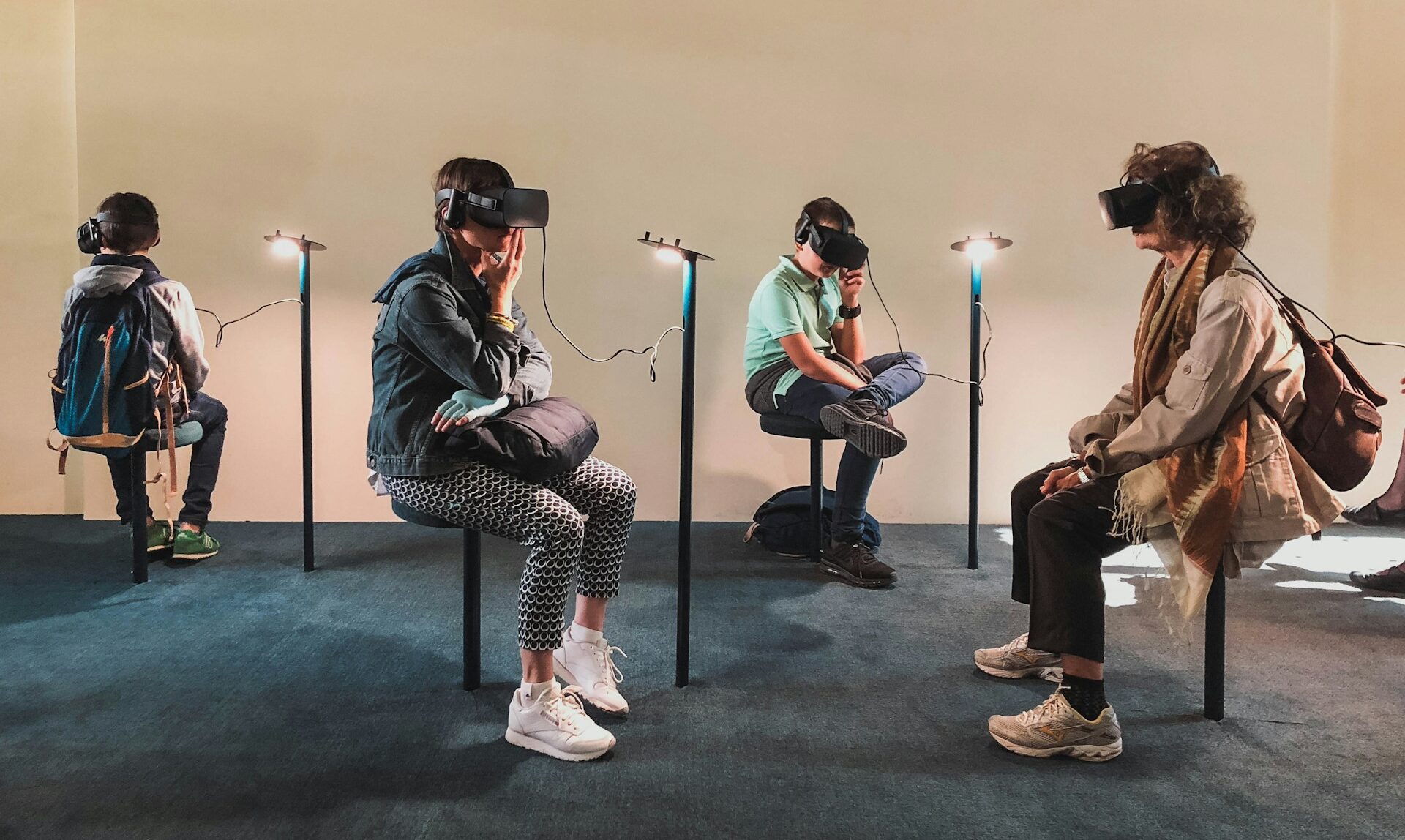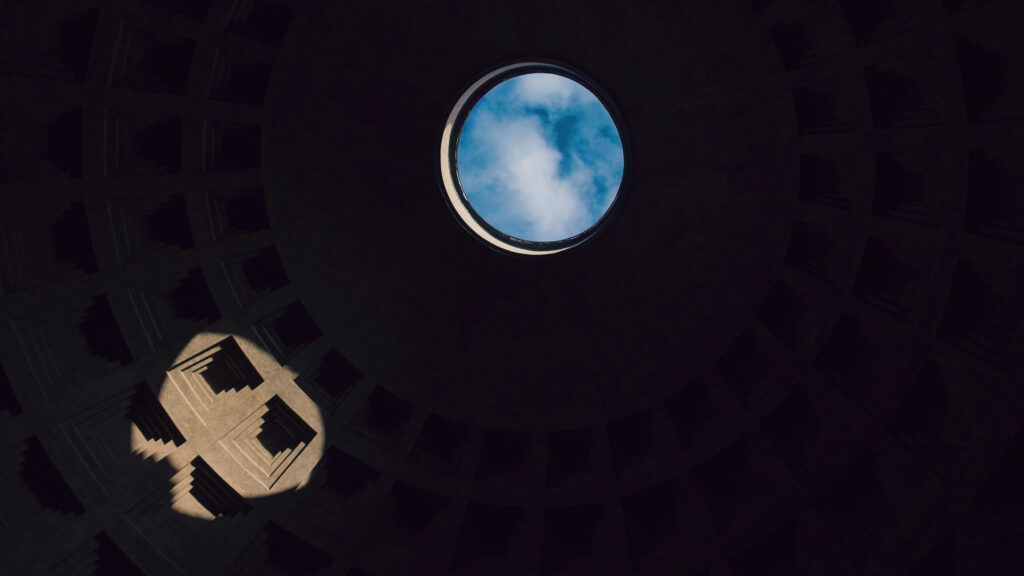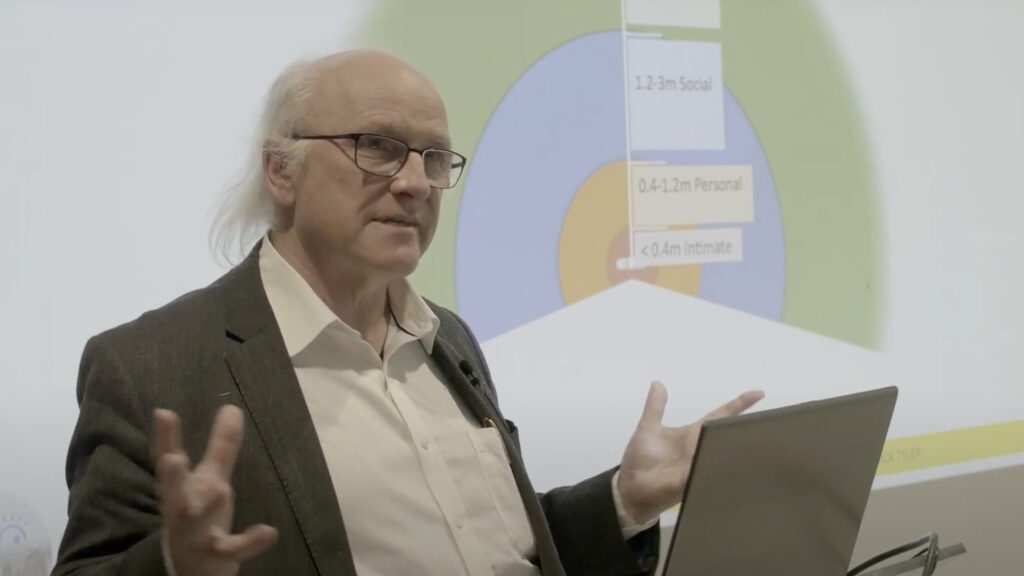Spatial intelligence and the ability to visualize with the mind’s eye is an important aspect of the theory of multiple intelligence. This refers to the human computational capacity that provides the ability and mental skill to solve spatial problems of navigation, visualisation of objects from different angles in space and the ability to draw accurate conclusions from observing 3D environment, interpreting it and making judgments about the shape, size, movement and relationship between surrounding objects as well the ability to envision a manipulated 3D models of things.
Design has long been concerned with the psychological construct and space cognition to identify, organize, represent and interpret space. These together mediate and negotiate urban narratives and meanings. Cognitive load exceeding capacity hampers understanding space, and this is detrimental for the design discipline for it transforms and shapes the built environment and equally detrimental for the common user as a stakeholder of the shared space. The new age Immersive visualization VR technology offers the experiential capacity and interface to negotiate an explicit understanding of space that can potentially bridge the chasm between what is envisaged and what is realized.
The current methods and tools at the tertiary level do not engage and provide participants (both Designers and users) practical means to support the acquisition of spatial cognition. This paper aims to address this issue by exploring Immersive visualization both as a means and tool to integrate spatial reasoning in the visualisation process. The suitability of the proposed approach is evaluated by a series of trials where participants interacted with the technology on a task of virtual engagement with space. Interim understandings indicate that the approach offers an innovative medium for experientially facilitating spatial reasoning and spatial cognition. By mapping the understandings, this paper explores the opportunities for a rethink of design process that can positively impact on user centric approach to spatial design and further investigates literature on design psychology and cognitive processing to underpin the theoretical nuances of this approach. By doing so, the paper demonstrates how the Immersive visualization interface by means of external cognition facilitates understanding of relationships between space and effect (composition) and aids spatial cognition.
Spatial Cognition
Spatial Cognition is concerned with the acquisition, organization, retrieval, utilization and manipulation of knowledge about spatial objects; environments. By definition spatial cognition is the knowledge and internal or cognitive representation of the structure, entities, and relations of space; the internalized reflection and reconstruction of space in thought1. The cognitive systems include mental processes whose core components include thinking, imagining, perception, sensation, learning, memory, reasoning and problem-solving2. This process of spatial cognition influences the dynamic relationships between the human psyche and our spatial environments. Our survival and existence is intrinsically related to this relationship between space and people. The translation of space into a mental image dictates our human cognition. These mental representations then become the map with which we navigate through the landscape of space 3. The human connect to the city’s landscape is heavily reliant on this aspect of mental construct and it is important to manage this relationship between space, people and objects; and more importantly better enable them to connect with each other. Lynch’s seminal work discusses the dynamic between spatial form and mental structure and states that,
“A place must not only fit the structure of our bodies. It must fit the way in which our minds work: how we perceive and image and feel…there are regularities in these perceptions due to the structure of our senses and our brains. We are all engaged in identifying the features that surround us, organizing them into images, and connecting those images to the other means we carry in our heads”4
Research in the field of visual intelligence, navigation and spatial cognition has offered interesting insights that can be employed by designers to better understand this space-people relationship and develop design rationales and spatial layout that will better meet the needs of its user. Our capacity to represent space in the mind forms the key element for both the designer and the end user to negotiate understandings and this capacity is a variable ability from person to person.
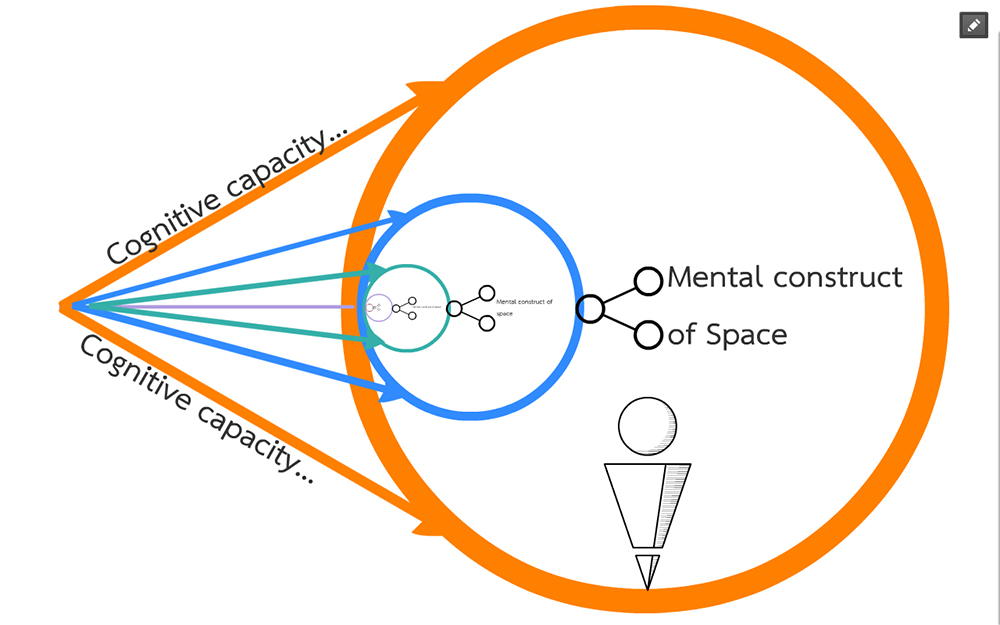
FIGURE 1: VISUAL CONSTRUCT OF THE NON-SHARED MIND SPACE: COGNITIVE CAPACITIES OF STAKEHOLDERS IN VARYING LAYERS.
Figure 1 is a theoretical representation of the varying levels of cognitive capacities that human minds can be bound by, which gives rise to a mental space that is not shared between stakeholders in all instances. While these boundaries that limit the human cognitive capacity is fluid and can develop or deteriorate based various external factors. With academic training, the designer is more often equipped to think and reason spatially, and has traditionally relied on visual representation in form of 2D or 3D drawings to convey the spatial layout to other stakeholders. This means that the mental construct of space is subjective and that the communication of the same to another person involves another process that requires specific skill sets such as artistry, in the more resent years use of digital software (s) to produce 2d and 3D spatial layouts. The negotiation of understandings of their own mental construct of space can take a form of verbal articulation with supporting visual aids. This shows that the current means and tools at the tertiary level do not engage and provide participants (both Designers and users) practical means to support the acquisition of spatial cognition. The Design process instead relies heavily on the exchange of information with verbal and visual representations and arguable misrepresentations. These commonly have led to vast chasms in between what is imagined to what is represented and what is realized as the objective reality in the physical world.
Spatial Representation
Having established that subjective understanding of space mediates relationships with objective physical world and that spatial knowledge is acquired with static media such as 2D imagery, mapping and 3D models that can be both artistic and digital. Physical world entities are represented as Digital objects in spatial representation. In artificial intelligence, a representation is regarded as a set of conventions about how to describe a set of things5. The properties of space include attributes like size, distance, direction, separation, connection, shape, pattern, and movement5. These attributes when ordered on principles such as focal point, axis, and hierarchy assist users in acquiring spatial cognition that affords legibility and coherence5. Entities as physical world objects and objects as its equivalent in its real world are distinct and explicitly different with mental processes and projections bridging them. Digital representation is rendered with the entities dimensionality such as point, lines and areas and the relations between entities in space are expressed through attributes such as distance, directions and frames of reference. These form the current conventions of spatial representation.
Current Challenges to spatial cognition
The tradition and trend to employ principles of aesthetics to organize objects in the digital has led design to regard eventual design products as perfected and frozen moments that is isolated in its own digital spectrum. If understanding human reaction to spatial organization is a key aspect of factoring in the end-user’s perspective in the design process then the current means of bridging the physical world of entities with objects in the digital world is restricting any experiential insights of the end user into the design process. The designer is also challenged with stifling digital tools to communicate the spatial transformation that is imagined. An equally important but often ignored dimension is the unavailable means of the designer verifying their own imagined understanding of spatial transformation. Thus leaving much of the spatial representation and hence spatial cognition to ambiguity.
Realism and Experientialism
The Paradigm of Realism refers to the doctrine of representing the subject matter truthfully avoiding abstractions and artistic interpretations; the philosophical theory of experientialism regards subjective experience as the source and principal basis of knowledge. Built environment disciplines like Architecture, urban design, Planning, and GIS have relied heavily on ‘Experiential Realism’ on the basis that mental representations are shaped by the nature of mind, bodies, and senses and by the nature of the world, then the same representations should be appropriate both to model spatial cognition6. This approach is characterized by large cognitive costs in terms of speed and accuracy when the representational system use to encode spatial information in memory is not aligned with the reference system in the physical world of entities7. Spatial reference frames are generally regarded to be either ‘egocentric’ or ‘allocentric’ (Figure 2a & 2b).
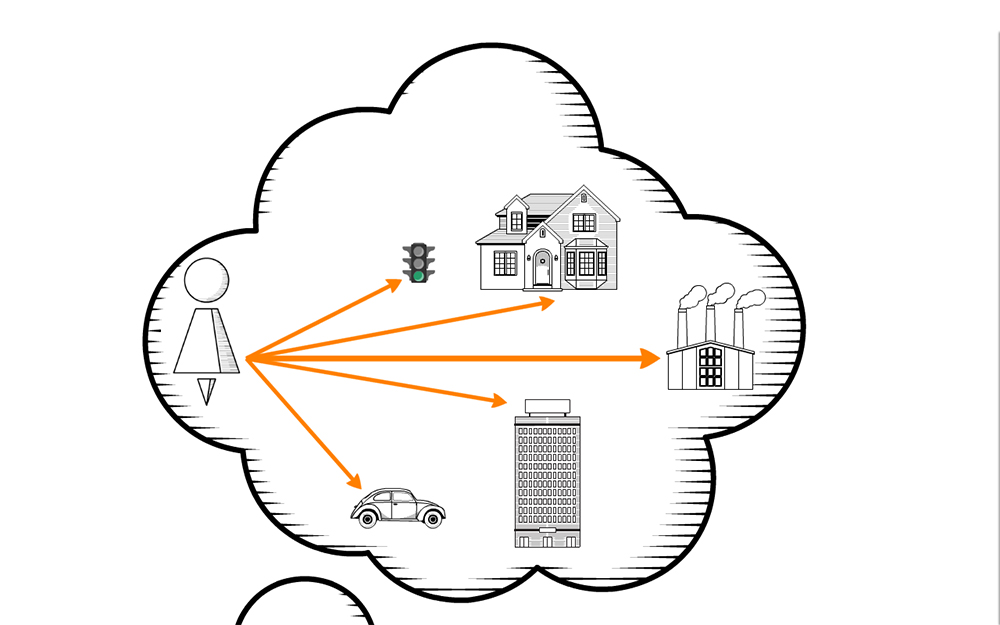
FIGURE 2A : SPATIAL REFERENCE FRAMES: EGOCENTRIC
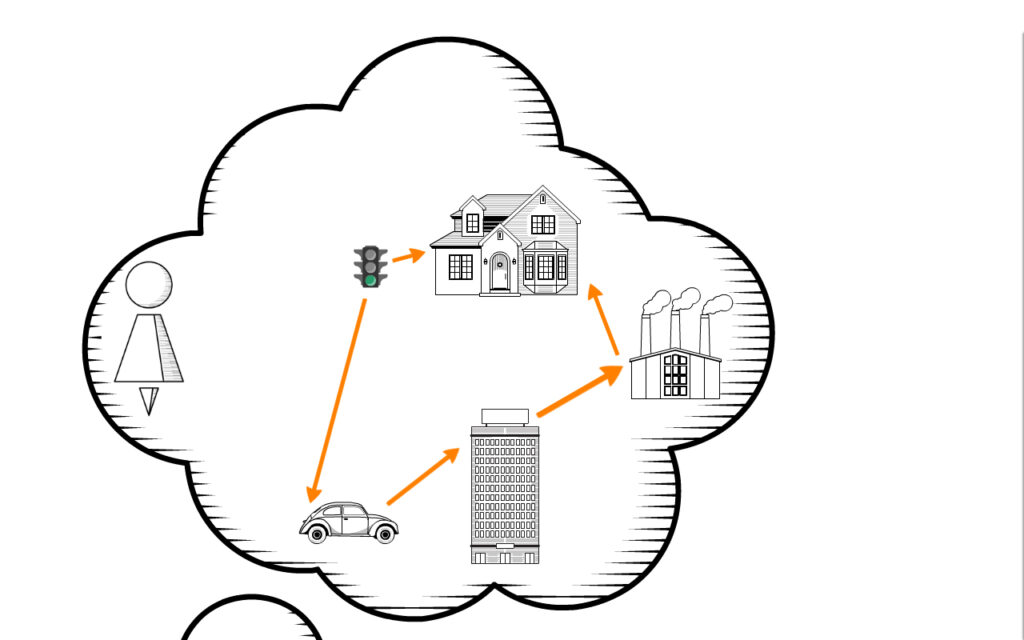
FIGURE 2B : SPATIAL REFERENCE FRAMES: ALLOCENTRIC
An egocentric reference frame is one that denotes the location of another entity in reference to oneself. In contrast, an allocentric reference frame is one where the location of another entity is in reference to yet other objects, independent of oneself8. Research in neuroscience has been studying to understand how space is represented cognitively and whether one of the frames dominates; understandings reveal that these frames interact to guide behaviour where egocentric reference frames are supported by cortical areas, from primary sensory processing and in contrast, allocentric reference frames require the representation of environmental locations with support from hippocampus and parahippocampal regions, with interactive
connections to the egocentric representations8,9. Design has engaged in allocentric and egocentric spatial reference frames and the feeding in of sensory information to allocentric spatial reference frame has been a big challenge given the intricacies and the differential cognitive processing that is involved and it varies in capacity from one individual to another. The egocentric social and spatial behaviour is considered relatively simple and an early stage of behavioural progression both in terms of human development, and behavioural evolution, as it is phylogenetically primitive to empathetic behaviour9. Hence an approach that can involve the egocentric frame of reference or subjective experience of space in the design process can steer a progressive shift in how space is imagined, represented and realized. This approach can involve both the self (user and designer -without relying on cognitive empathy) and space, where spatial organization can be thought more in terms of its relation to the self, instead of objects in relation to each other. This socio-cultural-psychological shift can be made possible with design enabled by technology. The emergence and omnipresence of artificial intelligence and immersive visualization technologies have the potential to shape/re-shape the way spaces can be imagined and represented.
Immersive visualisation and spatial reasoning
Immersive visualization shows the potential to act as both a means and tool to integrate spatial reasoning in the visualisation process. It offers the opportunity to understanding and appreciation of key spatial attributes such as scale and volume, and push the boundaries of comprehension from objective dimensionality of points, lines and areas. As space is imagined and represented in experiential scale on the Immersive headset the user is enabled to subjectively experience the spatial organization and enclosure, thus shifting the spatial frame of reference from allocentric to egocentric spatial frame of reference. The immersive experience also enables the designers to verify their own understanding of space and its impact on the user (Figure 3a & 3b).
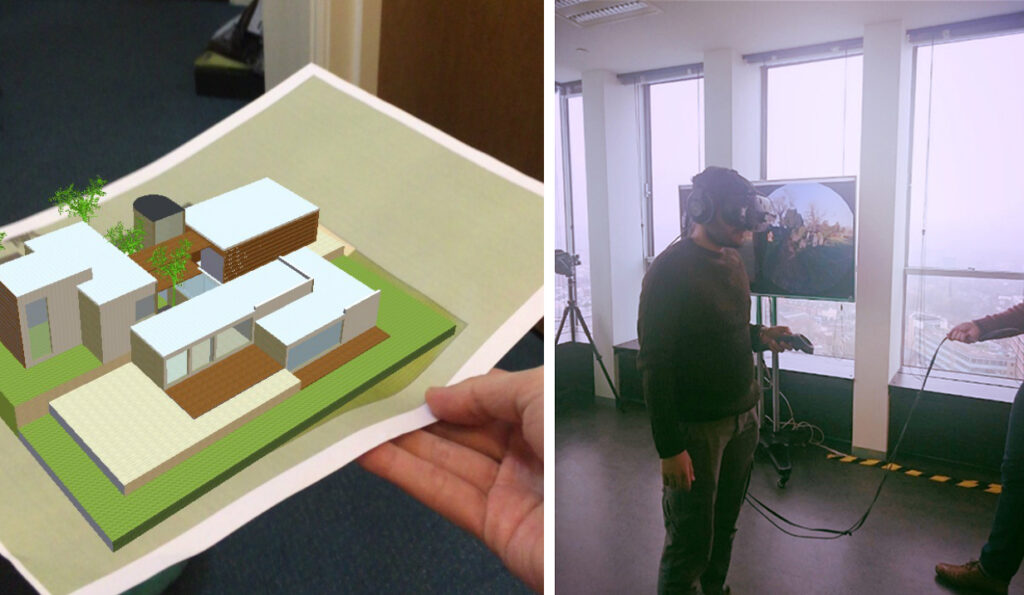
FIGURE 3A : PARTICIPANTS TESTING AUGMENT REALITY ON HTV VIVE AT DDCF, URBAN STUDIES AND PLANNING, SHEFFIELD.
The preliminary understandings from the HEFCE funded catalyst project ‘Developing Design Consultants of the Future’ (DDCF) verify the theoretical positionality and provides practical grounding where the theoretical understandings on spatial references frames and its relation to spatial cognition are tested with participants. The objective for the project is to introduce the use of fully immersive virtual reality (VR) and augmented reality (AR) technology at various stages of urban design process and explore the opportunities, benefits and drawbacks of the technology to engage in different and new ways with stakeholders in the urban design process.
Virtual-reality can be employed to better understand for city-wide systems like transport, to meet the intelligent mobility needs of the future and harness the potential of VR technology as a tool for strategic transport, planning and design. The VR platform can produce simulations that can facilitate transport designers and decision makers to make predictive simulations and make informed decisions. The use of omni-deck can track user’s movement and with the VR environment enabling the participant to walk through the virtual space is real-time and enable cognition at the tertiary subjective level for the participants. There is immense potential to tap in to the domains of experiential learning especially when it comes to design as the participant is not in the allocentric spatial frame of reference (Figure 4) but has transported themselves into egocentric spatial frame of reference where they are standing and experiencing the spatial enclosure and qualities. VR enables non-designers to understand and grasp the concept of shape/form/volume intuitively and for this reason immersive visualisation can be a powerful stakeholder engagement tool and equally important learning and teaching medium in design education. DDCF project is working towards making this a reality by embedding immersive visualisation in urban design teaching.
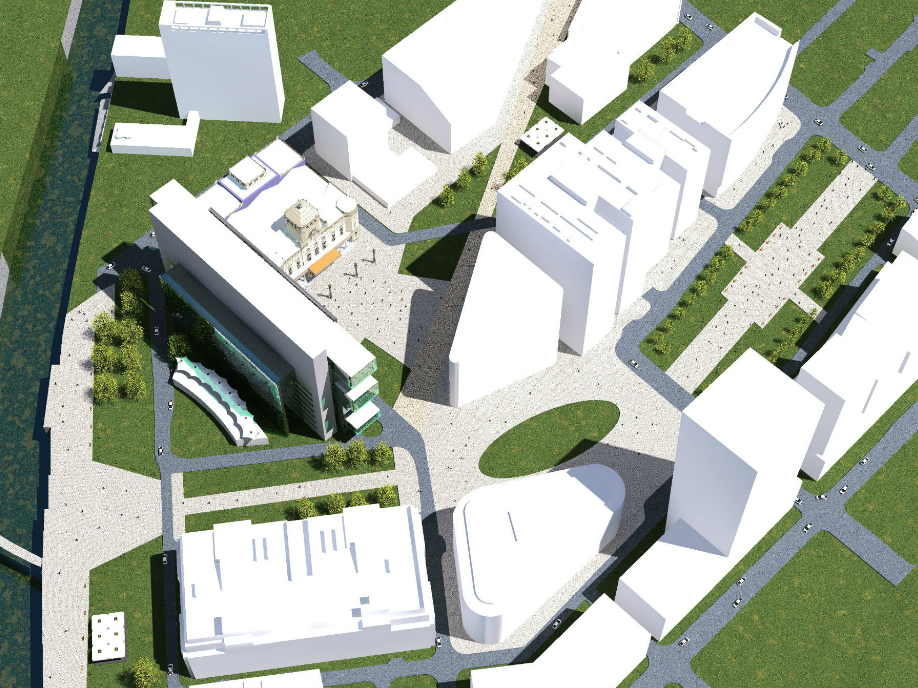
FIGURE 4 : ALLOCENTRIC SPATIAL FRAME OF REFERENCE IN 3D MODELLING
The process of shaping our urban environments at the allocentric frame of reference has engaged thoroughly with spatial geometries that dictate defined paths, edge, guide, trajectories, posture, and viewing angle. The boundaries of cognitive capacities define and engage with spatial cognition by setting space in a frame of reference. Mismatches may result from the notion of boundaries that are whether physical, conceptual, actual and deceptive. Spatial cognition with immersive visualization technology stems from an interdisciplinary approach combines cognitive research on perception of space, design psychology, and technology. This can contribute to enhanced spatial cognition in terms of comprehension and expression, where a participant with immersive learning can shift base from being a passive recipient to active participant and co-producer of the spatial composition that is imagined, represented and realized (Figure 5).
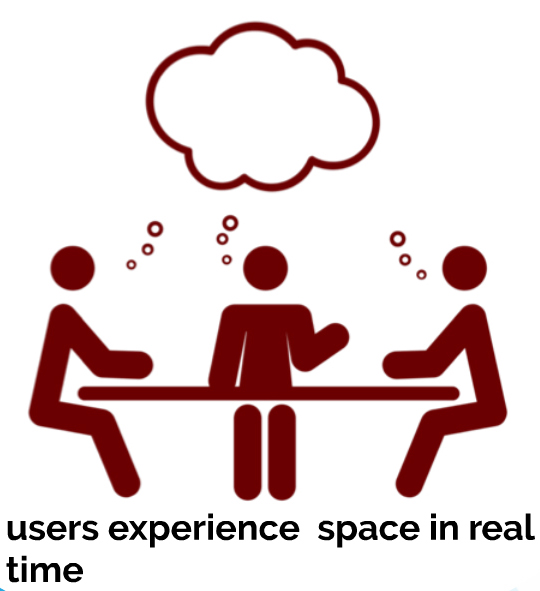
FIGURE 5: SPATIAL COGNITION BY SETTING SPACE IN A FRAME OF REFERENCE
Further research into spatial cognition is necessary to inform major decisions of an Architect, urban designer or urban planner. Spatial cognition as a tool can improve people’s experience to be more meaningful and seamless in a city and the technology of immersive visualization supports spatial cognition and enhances participants’ subjective engagement with the space. This technology can further enable understandings into the dynamic relationships between the human psyche and our spatial environments.
Acknowledgments:
This paper is a result of research on a project titled ‘Developing Design Consultants of the Future’ at Department of Urban Studies and Planning, University of Sheffield supported by catalyst grant from HEFCE (Higher Education Funding council for England; support by HEFCE is gratefully acknowledged.
References
1 Hart, R. A., and Moore, G. T., The development of spatial cognition: A Review. In Downs, R. M., and Stea, D., editors, Image and Environment: Cognitive Mapping and Spatial Behavior. Chicago, Aldine Publishing Company, pp. 246-295. (1973)
2 Smelser N.J & Baltes P.B (2001) International Encyclopedia of the Social and Behavioral sciences. Oxford : pergamon Press.
3 Ann Sloan Devlin. Mind and Maze: Spatial Cognition and Environmental Behavior. Praeger Publishers/Greenwood Publishing Group, Westport, CT (2001)
4 Lynch, K & Hack. Site Planning (3rd ed.). Cambridge, MA: MIT Press (1984)
5 Winston, P. H., Artificial Intelligence. 2nd Edition. Reading, Massachusetts: Addison-Wesley. (1984)
6 Mark, D. M., Spatial Representation: A Cognitive View. In Maguire, D. J., Goodchild, M. F., Rhind, D. W., and Lon8ley, P. (editors) Geographical Information Systems: Principles and Applications, Second edition, v. 1, pp. 81-89. (1999)
7 Werner S., Long P. Cognition Meets Le Corbusier — Cognitive Principles of Architectural Design. In: Freksa C., Brauer W., Habel C., Wender K.F. (eds) Spatial Cognition III. Spatial Cognition 2002. Lecture Notes in Computer Science (Lecture Notes in Artificial Intelligence), vol 2685. Springer, Berlin, Heidelberg (2003)
8 Byrne, P., Becker, S., and Burgess, N. Remembering the past and imagining the future: a neural model of spatial memory and imagery. Psychol. Rev. 114, 340–375. doi: 10.1037/0033-295X.114.2.340 (2007)
9 Proulx MJ, Todorov OS, Taylor Aiken A and de Sousa AA Where am I? Who am I? The Relation Between Spatial Cognition, Social Cognition and Individual Differences in the Built Environment. Front. Psychol. 7:64. doi: 10.3389/fpsyg.2016.00064 (2016)

